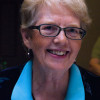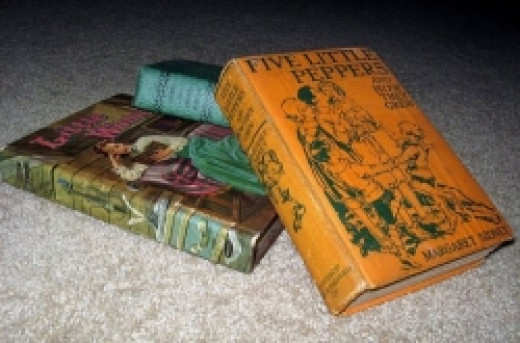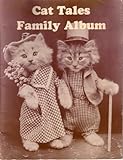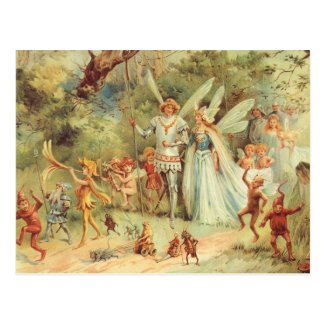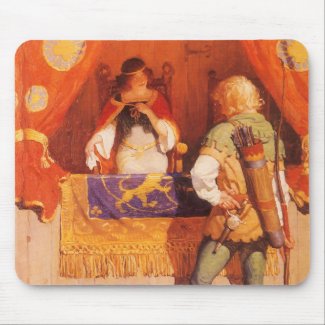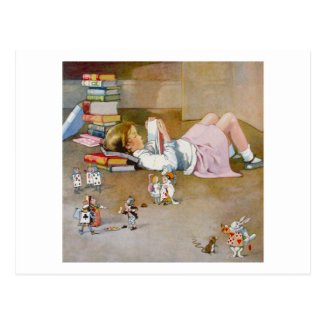I’ve rescued another of Gail Lee Martin’s early articles that she wrote for the eHow site back in 2009.
How to Develop a Personal Library
Reading is an important part of our lives for information and entertainment. Filling our home with books that have special meaning to us seems so natural. Here’s how to develop your own personal library.
ALLOW TIME FOR YOUR PERSONAL LIBRARY TO DEVELOP.
Our library of books that take up a whole wall in our home Is the result of a lifetime with my reading family. My parents and sisters read whenever we had some spare time. Then I married Clyde, who came from a big family of readers. Together we raised six children who mostly took to reading like ducks to water.
LOOK FOR BOOKS THAT YOU WILL READ AGAIN AND AGAIN.
During more than fifty years of married life, we gathered and saved books like jewels. In the seventies, Clyde built an eight-foot long bookshelf almost ceiling high to hold the many books we thought too precious to get let go. We read them over and over again.

Paul Calhoun standing by the bookshelves his grandfather, Clyde Martin, made. 1973
LEARN WAYS TO ADD TO YOUR BOOK COLLECTION WITHOUT SPENDING TOO MUCH.
Collecting books of our favorite authors made garage sales an enjoyable pastime. We watch for early Kansas school books and books written about Abraham Lincoln, Clyde’s favorite since his early years when Grandma Joy would read aloud to him from the well-used book, “Stories and Yarns of the Immortal Abe,” that is a highlight of our wall of books.
Library book sales are good places to find books at bargain prices. Also, check yard sales and flea markets. For hard-to-find books, check antique stores and online.
FIND AUTHORS WITH SPECIAL MEANING FOR YOU AND COLLECT ALL OF THEIR BOOKS. LOOK FOR ONES THAT YOU’LL WANT TO REREAD. 

Authors we love and save their books to read time and time again are Harold Bell Wright, B. M. Bower, Jackson Gregory, James Oliver Curwood, William Allen White and Peter B. Kyne. My mother must have been reading Kyne’s book, “The Enchanted Hill” when she was expecting me in 1924, as she named me Gail Lee after the heroine, Gail and the hero, Lee. How could I not become a writer after that honor?

The collection of Margaret Hill McCarter books began with the book “The Price of the Prairie.” that my mother-in-law gave her husband in 1915. These books led me to research this author’s life and finally performing at elementary schools and clubs in my community as Margaret. 
FIND GENRES OF FICTION OR NONFICTION THAT YOU ENJOY READING.
Our book collecting has outgrown our original wall of books, creating the need for bookshelves in the master bedroom, for mostly western, mysteries, intrigue, and historical paperbacks, again we save series of books by our favorites authors. Dick Francis, Jean Auel, Tony Hillerman, James Herriot, and Sandra Detrix of the Kansas Author Club writing as Cassandra Austin are just a few.
FIND BOOKS THAT MATCH YOUR HOBBIES AND INTERESTS.
We have many books about Will Rogers, Charles Lindbergh, oil fields, old Model A cars, Norman Rockwell, Frankoma Pottery and Currier and Ives.
One long shelf contains books on gardening, fences, composting, flowers, insects, trees and some “Foxfire” books about the mountaineer people of the Appalachian Mountain. I have added books about learning to survive by eating from the wilds. Including many by Euell Gibbons. We take pleasure from hunting the countryside for wild foods like poke, morel mushrooms, and paw paws to bring home and savor a bit of nature’s bounty.
FIND BOOKS THAT YOU’LL REFER TO FOR INFORMATION.
Two long shelves on the back porch are for the recipe books. These are used for new and old ideas for cooking meals from the produce we grow in our own garden each year. I also use them and the Kansas history books for my research for stories.
CREATE YOUR OWN BOOKS OR NOTEBOOKS OF ORIGINAL MATERIAL TOO.
Book shelves are currently taking shape all around in my writing room to shelter books containing research for all kind of articles I plan on writing; for our family history memoirs and extensive files of everything our family is interested in. I have added notebooks where I save written material by others in our family. My Mother’s stories that she wrote in the early twenties, our daughter, Shannon’s “Martin News”; my sister, Carol’s “Living on the Bay” her monthly newsletter from Seadrift, Texas and our daughter, Cindy’s “Birdwoman programs” that need a special shelf.


